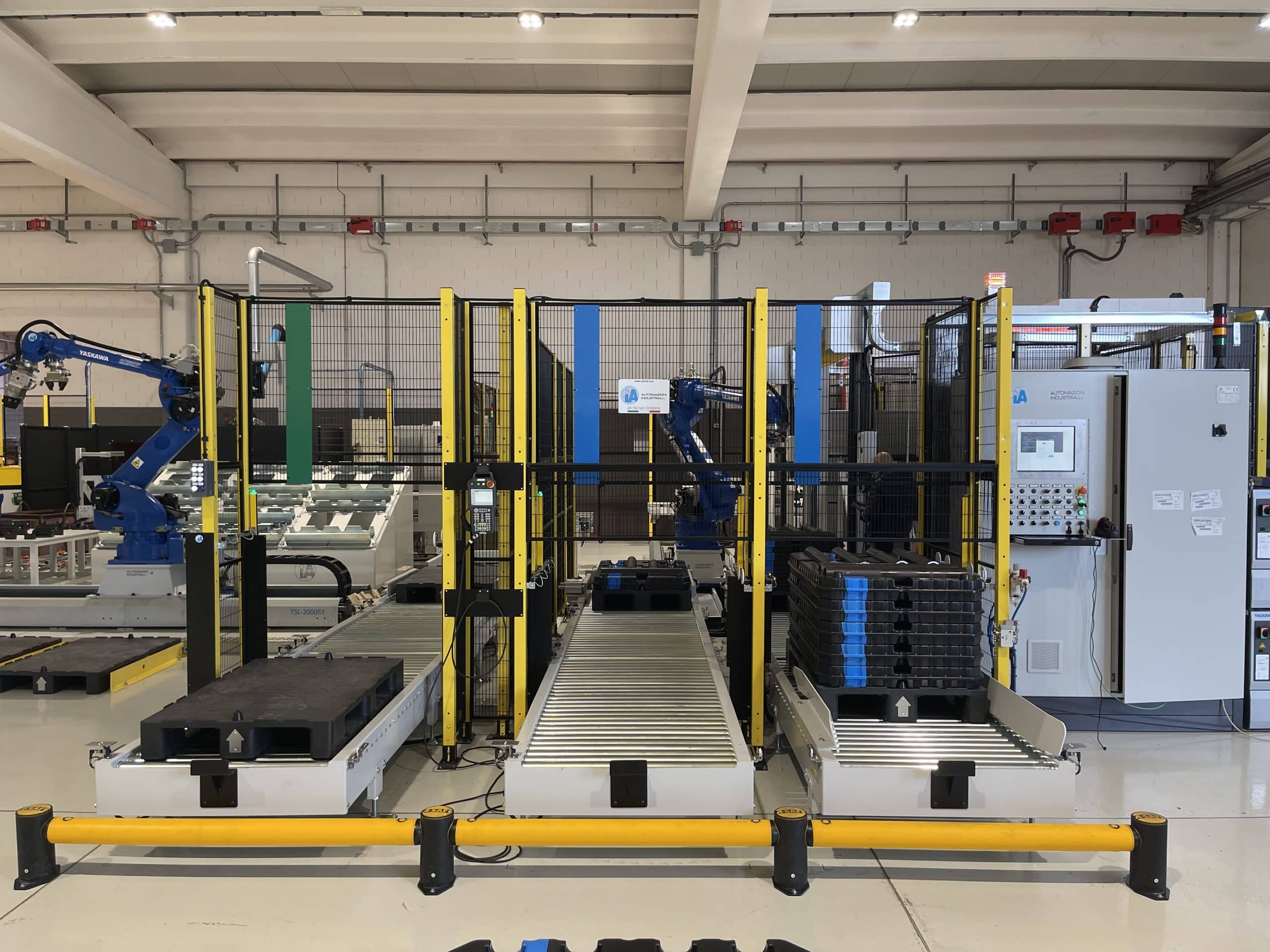Last edit: 22/07/2023

In North America, when dealing with Risk Reduction Measures, they use a different terminology compared to what we are used to see in the ISO 12100 standards and, in general, in the majority of the Technical Standards harmonised to the Machinery Directive:
| North American Language | ISO language |
| [B11.0: 2023] 3.40 inherently safe by design:
a design measure that reduces risk, which is not susceptible to a malfunction that will increase the risk of harm. |
[ISO 12100: 2010] 3.20 inherently safe design measure
Protective measure which either eliminates hazards or reduces the risks associated with hazards by changing the design or operating characteristics of the machine without the use of guards or protective devices |
| [B11.0: 2023] 3.23 engineering controls:
Guards or devices and associated safety-related parts of the control system (SRP/CS) used to reduce risk. |
[ISO 12100: 2010] 3.21 safeguarding:
Protective measure using safeguards to protect persons from the hazards which cannot reasonably be eliminated or risks which cannot be sufficiently reduced by inherently safe design measures |
| [B11.19: 2019] administrative controls:
measures used to reduce risks by informing individuals of significant risks, communicating procedures, and training, or through the use of tools and/or personal protective equipment (PPE). |
[ISO 12100: 2010] 3.22 information for use
protective measure consisting of communication links (for example, text, words, signs, signals, symbols, diagrams) used separately or in combination, to convey information to the user |
Inherently safe by design is the first and most important step in reducing risk. Eliminating the hazard or reducing the risk by design provides the highest degree of risk reduction because risk reduction measures designed into the machine are likely to remain effective. Experience has shown that even well designed engineering controls can fail, be rendered ineffective, be defeated or information for use may not be followed.
Example methods to eliminate hazards by design include but are not limited to:
- eliminating dangerous parts, conditions, and events;
- reducing energy, force, and/or speed available or accumulated through means which are not susceptible to a malfunction that will increase the risk of harm;
- modifying, containing, or redirecting how/where energy is released (safety valve);
- re-routing processes or hazards;
- locating inside an inaccessible, permanent, and substantial section of the machine, or locating in an elevated area or on an inaccessible balcony (safe-location safeguarding method);
- re-designing or automating tasks to eliminate human interaction or direct handling;
- re-configuring or modifying machinery or equipment;
- eliminating pinch or nip points by increasing clearances;
- ergonomically correct design (i.e., lowering the mass, preventing awkward postures, etc.);
- eliminating sharp edges, shear points or offset edges.
Engineering controls are divided in three types:
- Engineering controls – control functions: Safety functions associated with engineering controls (guards or devices) intended to reduce risk. Examples of these include the following: stopping functions; safety-related reset; suspension of safety functions (manual suspension, muting); variable sensing functions (sensing field switching, blanking); presence-sensing device initiation (PSDI).
- Engineering controls – devices (safeguarding device): A device that provides protection from a hazard(s) by preventing or detecting exposure to the hazard zone. Examples of these include the following: interlock devices; movable barrier devices; presence-sensing devices; actuating controls; enabling devices; emergency stop devices.
- Engineering controls – guards: A barrier that provides protection from a hazard. Examples of these include the following: fixed guards; movable guards; interlocked guards; adjustable guards; self-adjusting guards; partial guards; perimeter guards; nip guards; power transmission guards.
That division is not present in the ISO standards, even if all three concepts are also used in Type A, Type B and Type C standards harmonised to the machinery directive.
Administrative controls include, but are not limited to:
- awareness means (barriers, signals, signs, and markings);
- administrative safeguarding methods;
- procedures and training (information for use, safe work procedures, inspection, training, and control of hazardous energy);
- tools (workholding equipment and hand tools);
personal protective equipment (PPE).